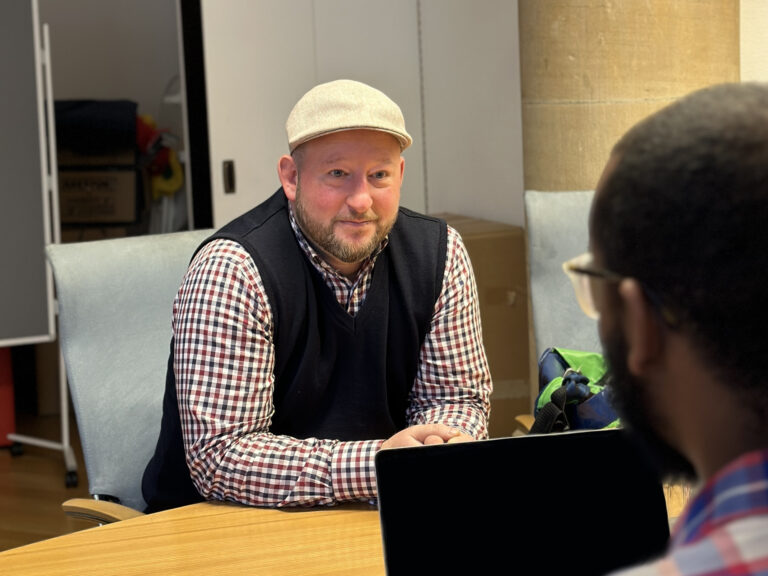In 2001, a group of scientists in Japan discovered a bacteria called Ideonella Sakaiensis 201-F6 feasting upon polyethylene terephthalate (PET) deep within a landfill. Since their discovery, we have generated 2.5 billion tons of plastic waste, adding about 380 million tons each year. Could this microorganism be a solution to the growing plastic problem?
Current plastic waste solutions
Plastics have been popular since the mid-twentieth century, generating tons of waste in many different forms. Solutions to the plastic waste problem have focused heavily on recycling the material, but recycling unfortunately does not create as significant of an overall impact as we might hope considering that only 9% of plastics are actually recycled.ô
While there are seven different types of plastics, each labeled by a specific number surrounded by a triangle made out ofô arrows, not all plastics are recyclable. For example, PET is labeled as type 1 and is a very common hard plastic often used for things like water bottles and food containers. It is also the most widely recycled plastic in the world. Unfortunately, only plastic types 1, 2, and 5 are typically recycled and even then they can only be recycled less than a handful of times before they lose their dexterity and eventually make their way to a landfill. The reason for this is that plastic is synthetic, meaning it has no natural cycle or process that can break it down. A potential solution to this problem are bioplastics, or plastics made from plants that can be composted.
Bacteria to the rescue?
I. Sakaiensis is a bacteria that has evolved to create two specific enzymes that can hydrolyze, or breakdown the molecules using water, PET into its simple monomers. This scientific breakthrough could help serve as an environmental strategy for the end-of-life plastics, and could supplement bio-based plastic recycling schemes as well. This discovery also led to a chain of other discoveries including a gut bacteria within mealworms that feeds upon polystyrene or the bacterium Pseudomonas Putida which can upcycle plastic polymers into other usable resources.
The band-aid effect
Plastic recycling is considered to have a ãband-aid effectã, meaning that while it could possibly help with the plastic waste problem, it is not actually a viable solution. This is because there are many issues with the recycling process itself, mostly because it does not create a sustainable closed-loop system. While the plastic-eating microorganisms have evolved a means of closing this production loop, they can only break down one type of plastic (type 1). Scientists have also explained that I. Sakaiensis are likely in their early stages of evolution for plastic-consumption. Hence, the ãband-aid effectã problem.
Additionally, viable end-of-life solutions for plastics could incentivize the continuance of plastic creation, which comes with other issues like oil drilling and extraction, water pollution, carbon emissions during creation and transportation, and health concerns. So, what then is the actual solution to our plastic problem?
A Plastic Fantastic Dilemma
End-of-life solutions for the plastic problem are necessary for current waste and pollution management. Recycling and plastic-eating microorganisms are considered ãband-aid effectsã due to their ability to support these matters, but also due to their inability to stop the issue. Our problem with plastic is not only in its disposal, but also in its creation and use. This means the best way forward may be to phase out our relationship with plastic altogether. However, plastic has also provided life-saving enhancements, especially in medical practice and food transportation. Therefore, our relationship to plastic has created a dilemma and solutions will need to vary by use. Fortunately, with the addition of microorganisms, we are at least one step closer to determining what these solutions are.
Sources:ô
Yoshida, S., Hiraga, K., Takehana, T., Taniguchi, I., Yamaji, H., Maeda, Y., Toyohara, K., Miyamoto, K., Kimura, Y., Oda, K. (2016, March 11). A bacterium that degrades and assimilates poly (ethylene terephthalate). Science, 351(6278), 1196-1199. JSTOR (24743191)
National Geographic – 7 things you didnãt know about plastic and recyclingô
Plastic Action Centre – Plastic by the numbers
WWF – Is biodegradable and compostable plastic good for the environment?
Nature – Possibilities and limitations of biotechnological plastic degradation and recycling
Almanac – Which Plastics Are Recyclable By Number?
You may also be interested in these articles:
Pangolins and the Value of Wildlife Tagging Technology



